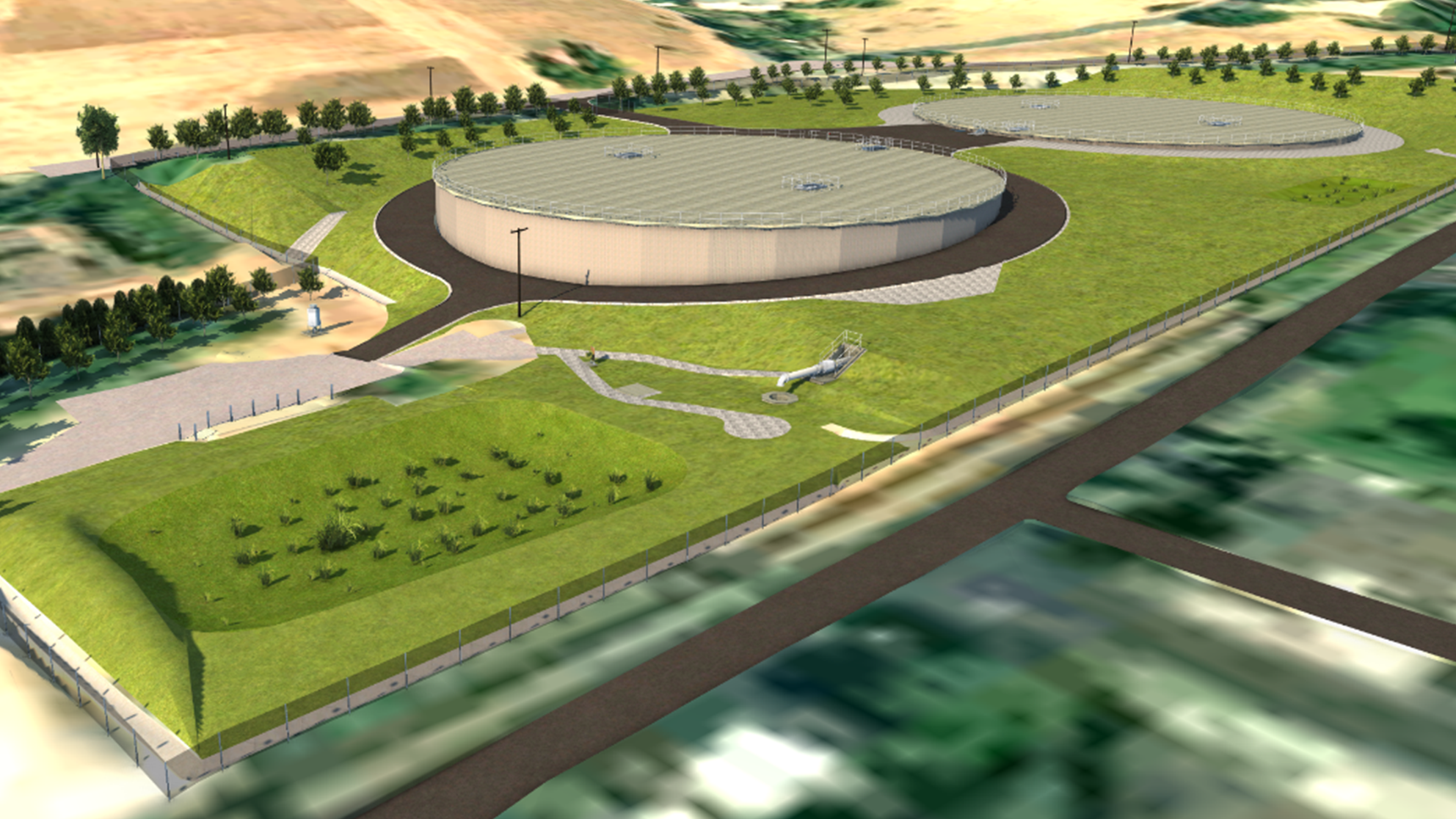
Columbine Station Improvement Project
June 2022 Update
The addition of two 5 million gallon pre-stressed concrete water storage tanks is going as planned despite the challenges of the COVID-19 pandemic. The construction of Tank #1 is complete while Tank #2 is still ongoing. The floor of Tank #2 is expected to be poured in June/July 2022. The walls and roof will take another eight months to complete. The project is on time and on budget. San Jose Water is currently awaiting regulatory approval to begin using Tank #1 and expect it to be serving San Jose customers before the end of July 2022.
Tank 1
|
Image
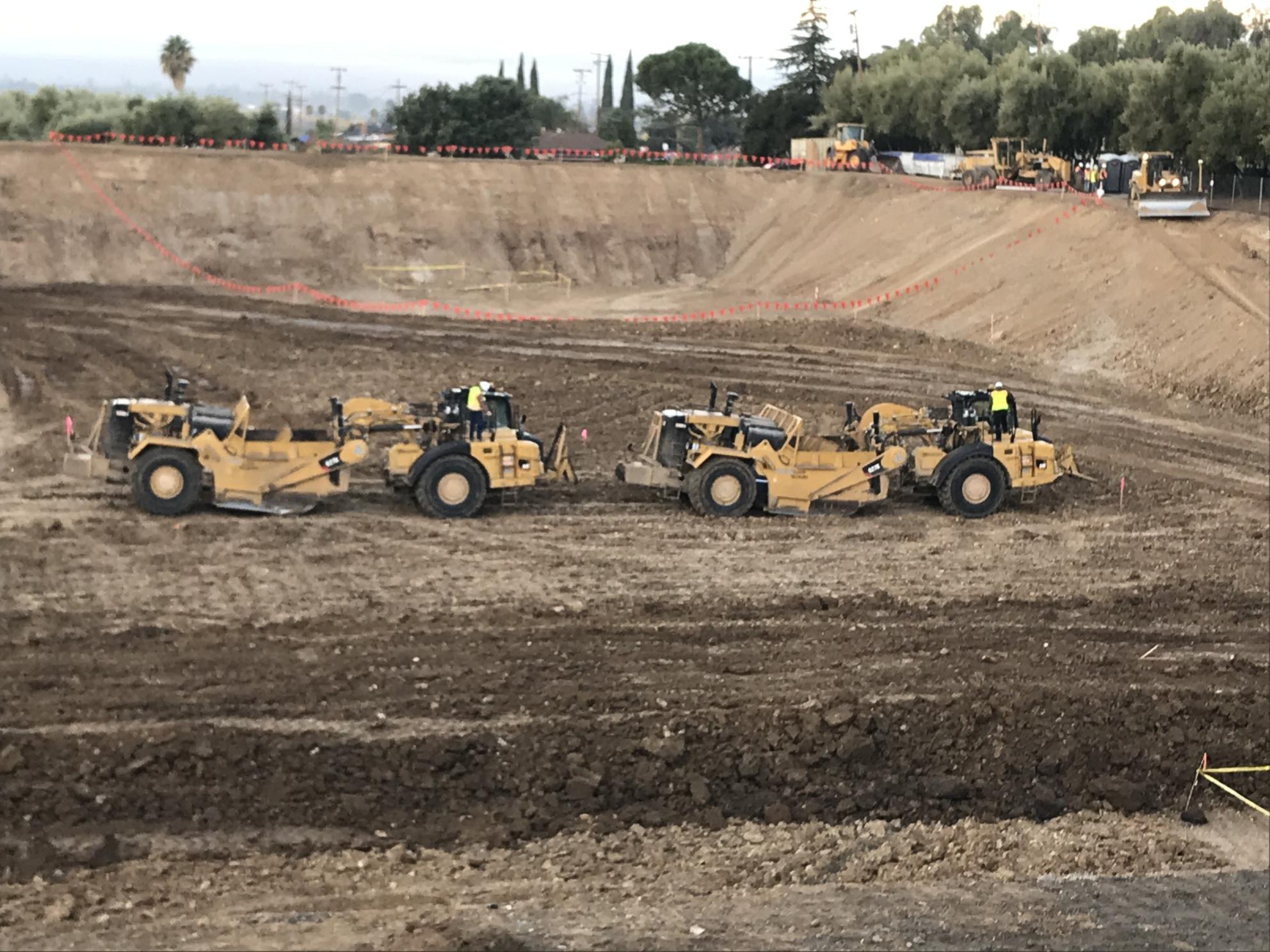
|
Image
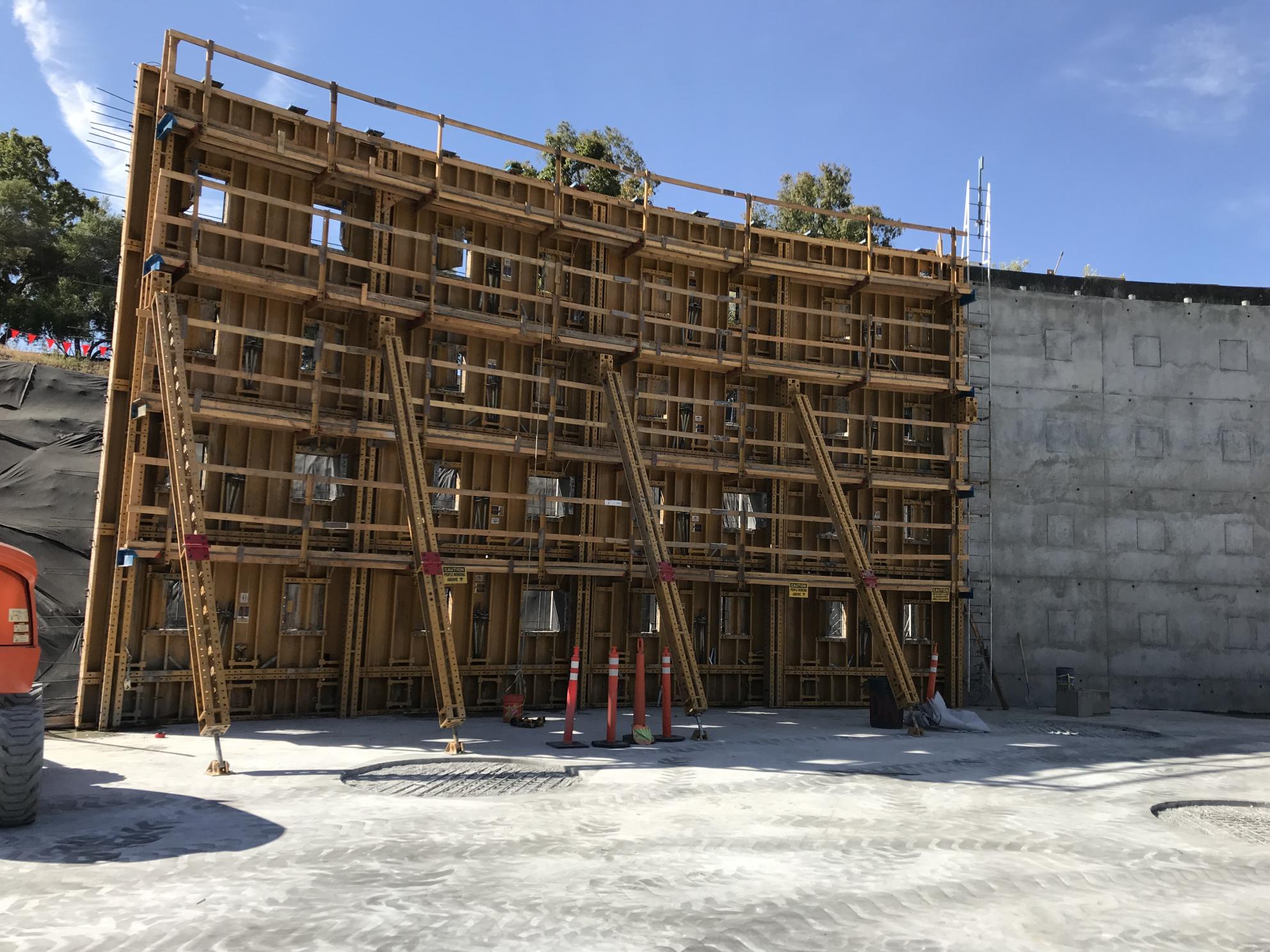
|
|
Image

|
Image
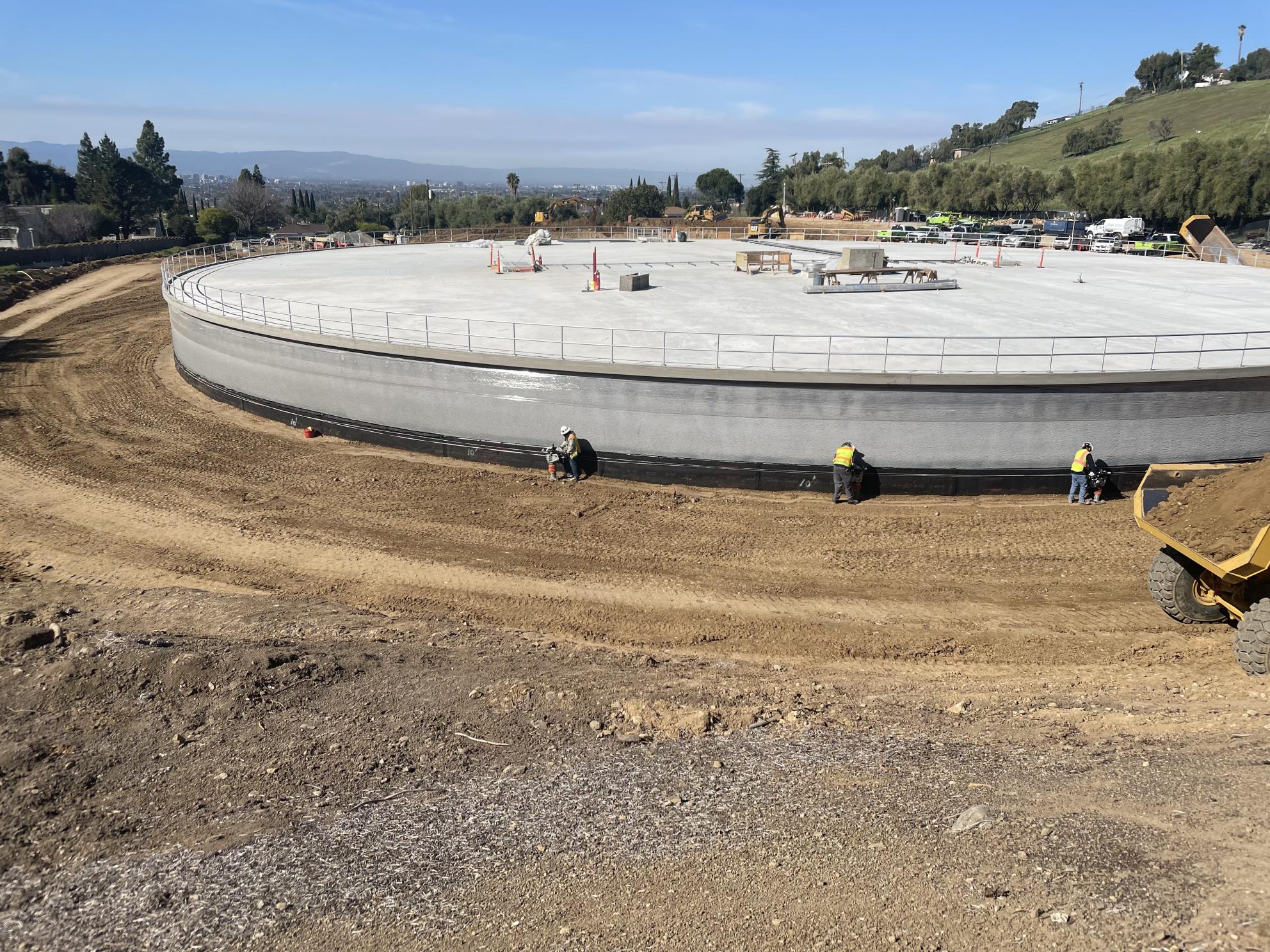
|
Tank 2
|
Image
|
Image
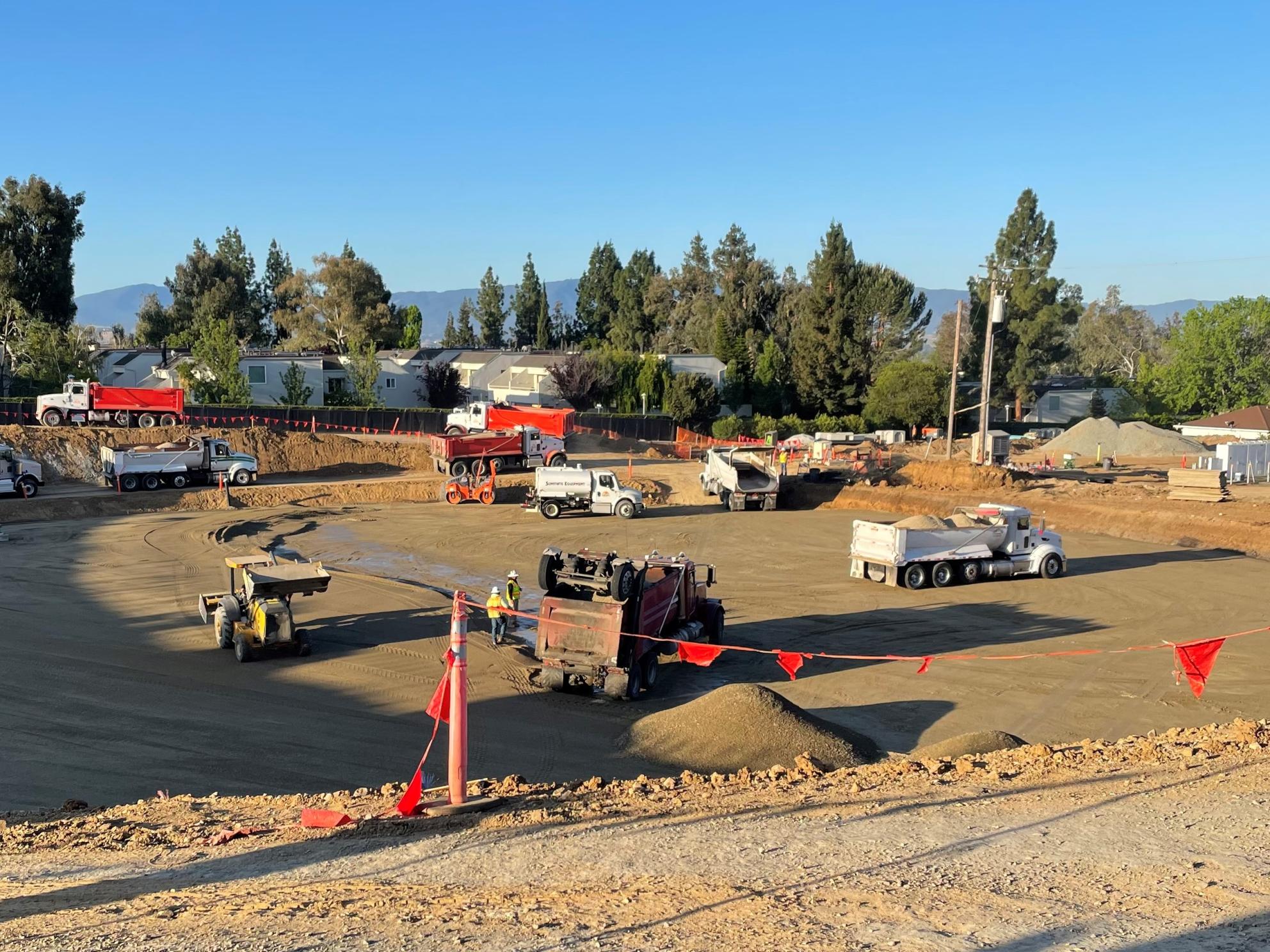
|
|
Image
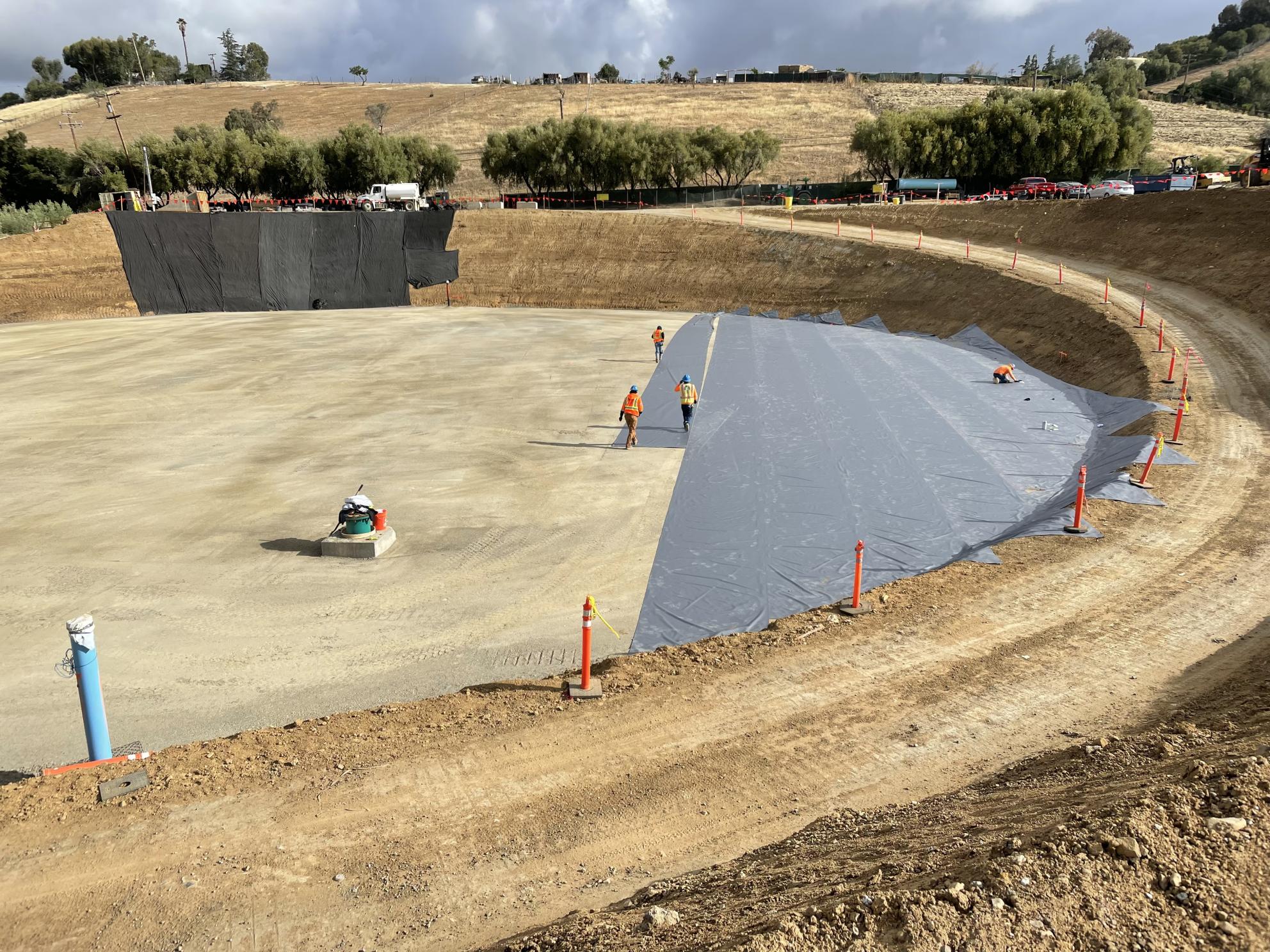
|
Image
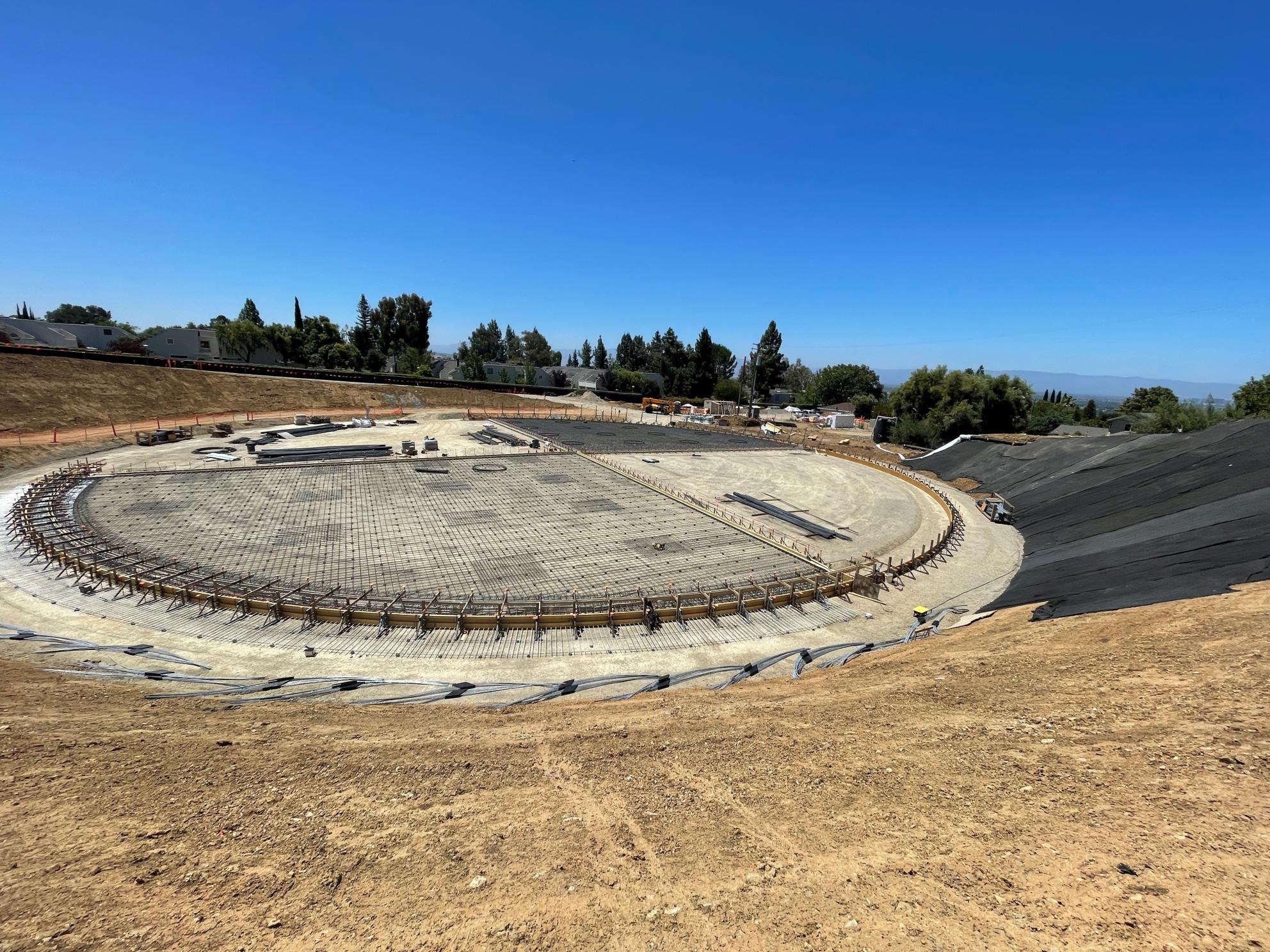
|
Beginning in January 2020, San Jose Water is launching a multi-year project to improve the storage facilities at our Columbine Station.
This capital improvement project will demolish the existing earthen-embankment reservoir built in 1963 — replacing it with two 5 million gallon pre-stressed concrete water storage tanks. The original facility has reached the end of its useful life.
Columbine Station serves as the primary water storage facility for approximately 31,500 customers in the San Jose area.
Components of this project include:
- Earthwork and construction of concrete tank foundations and pre-stressed tanks
- Replacement of the inlet/outlet pipe within the boundary of the site grading and drainage
- Improvements to the storm drain infrastructure, including stormwater control and treatment basins
- Installation of tank mixing systems and tank overflow structure
- Site paving
- Tree replacement/landscaping improvements
- Upgrades to public infrastructure fronting the project site
Once complete, the Columbine Tanks will provide 10 million gallons of water storage to the surrounding communities. We don’t expect construction to adversely affect traffic or residents in the area.
Work will be done Monday through Friday between the hours of 7:00 AM and 7:00 PM, per approved City of San Jose permitting for the project.
If you have any questions or concerns, please contact us at customer.service@sjwater.com or (408) 279-7900.
Why are we doing this?
-
To create more resilient water storage capacity by constructing water storage structures with a long service life and seismic stability
-
Improved water quality due to reduced storage capacity and installation of mixing systems in each tank
-
Two storage tanks instead of one reservoir means more operational flexibility for serving our customers
Timeline

*Note: this timeline is based on a construction plan that is subject to change. Updates will be made to the timeline if necessary and when available.
Historical Construction Photos
The Columbine Drive Station reservoir was originally constructed in 1963.
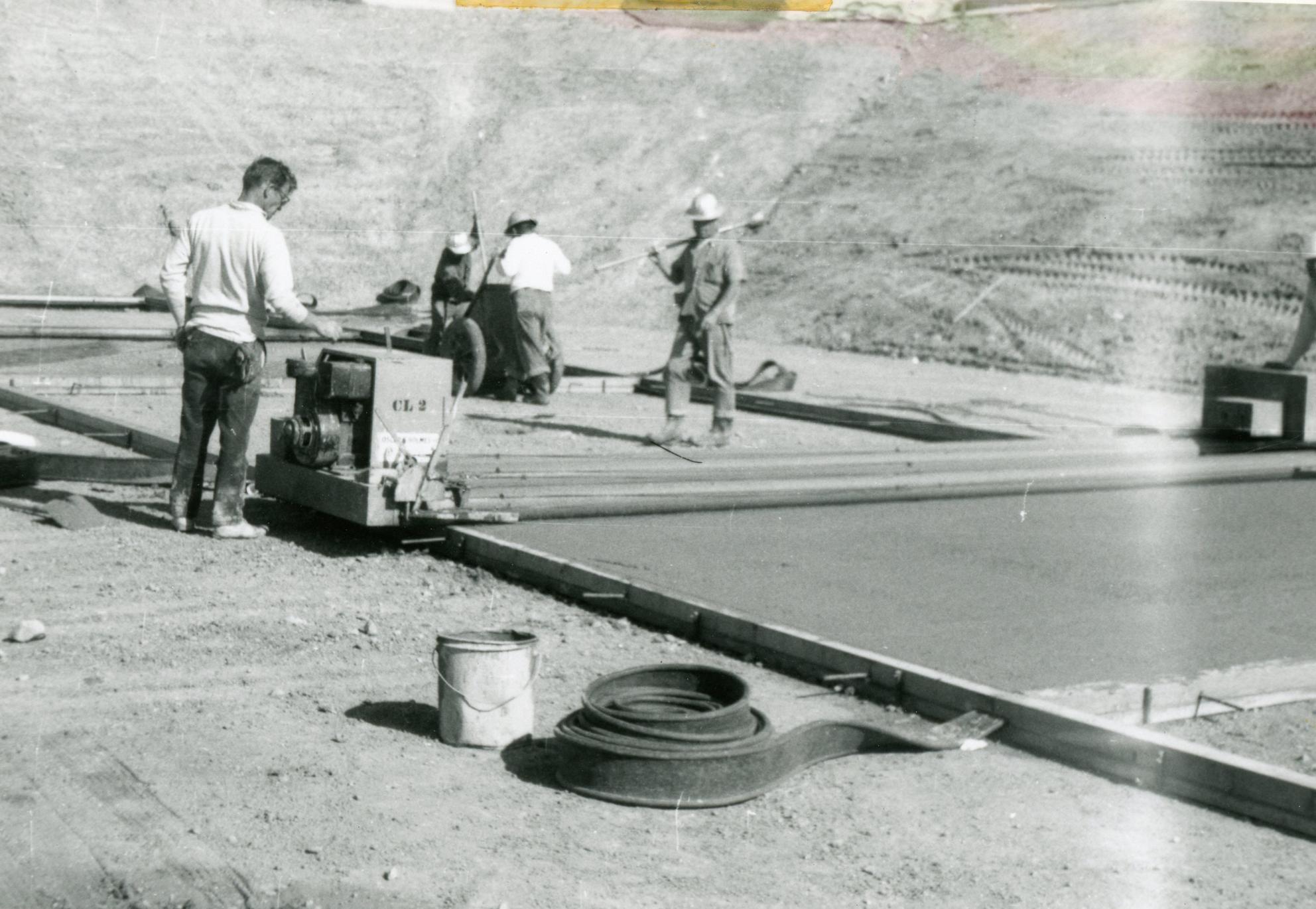
Cement Foundation
Construction workers forming and pouring the concrete foundation and bottom liner of the earthen embankment reservoir.

Construction Activity
Cutting material at the construction site
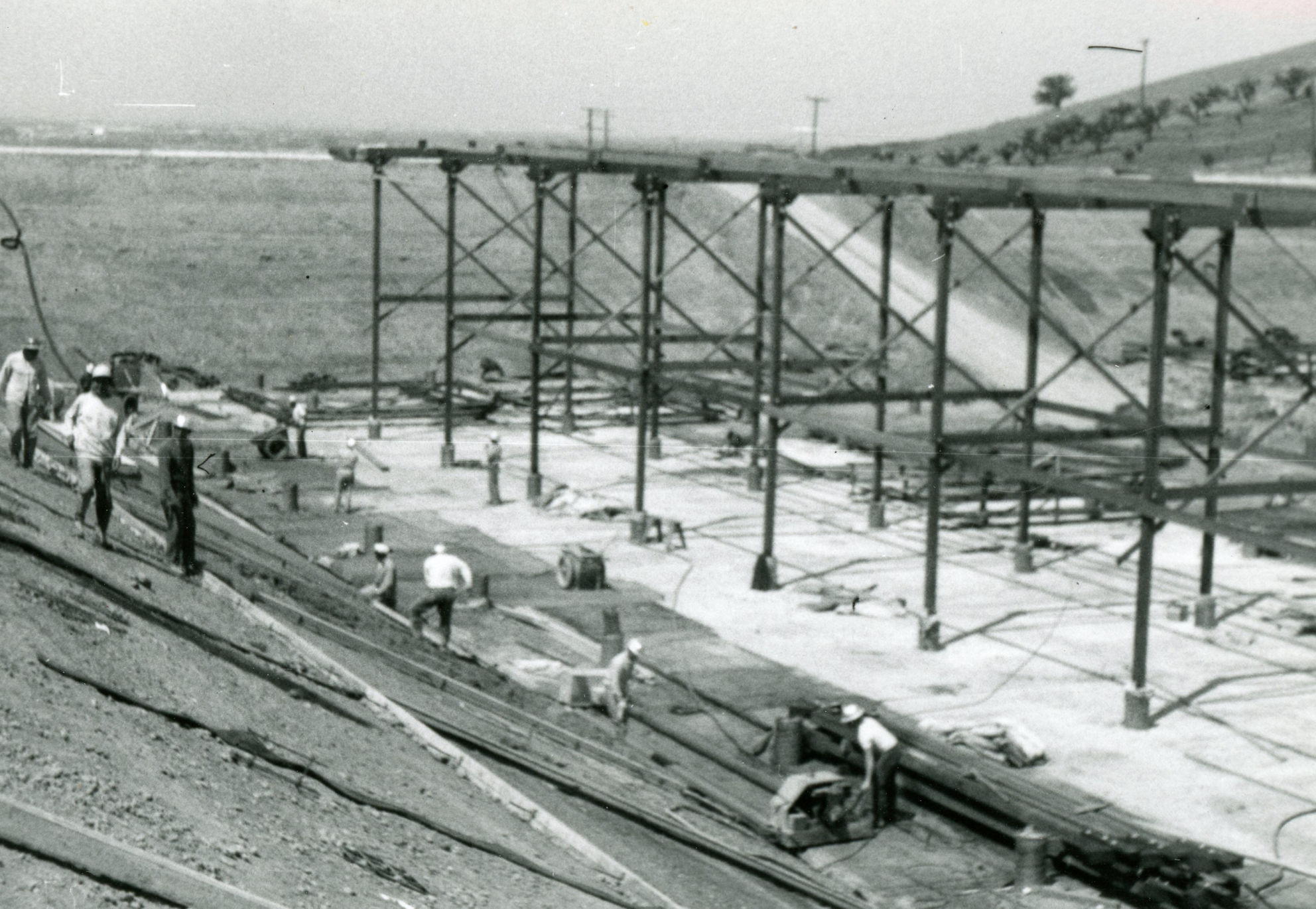
View of the Columbine Site
Construction of columns, beams, and foundations from the bottom of the 19.6 million gallon reservoir.